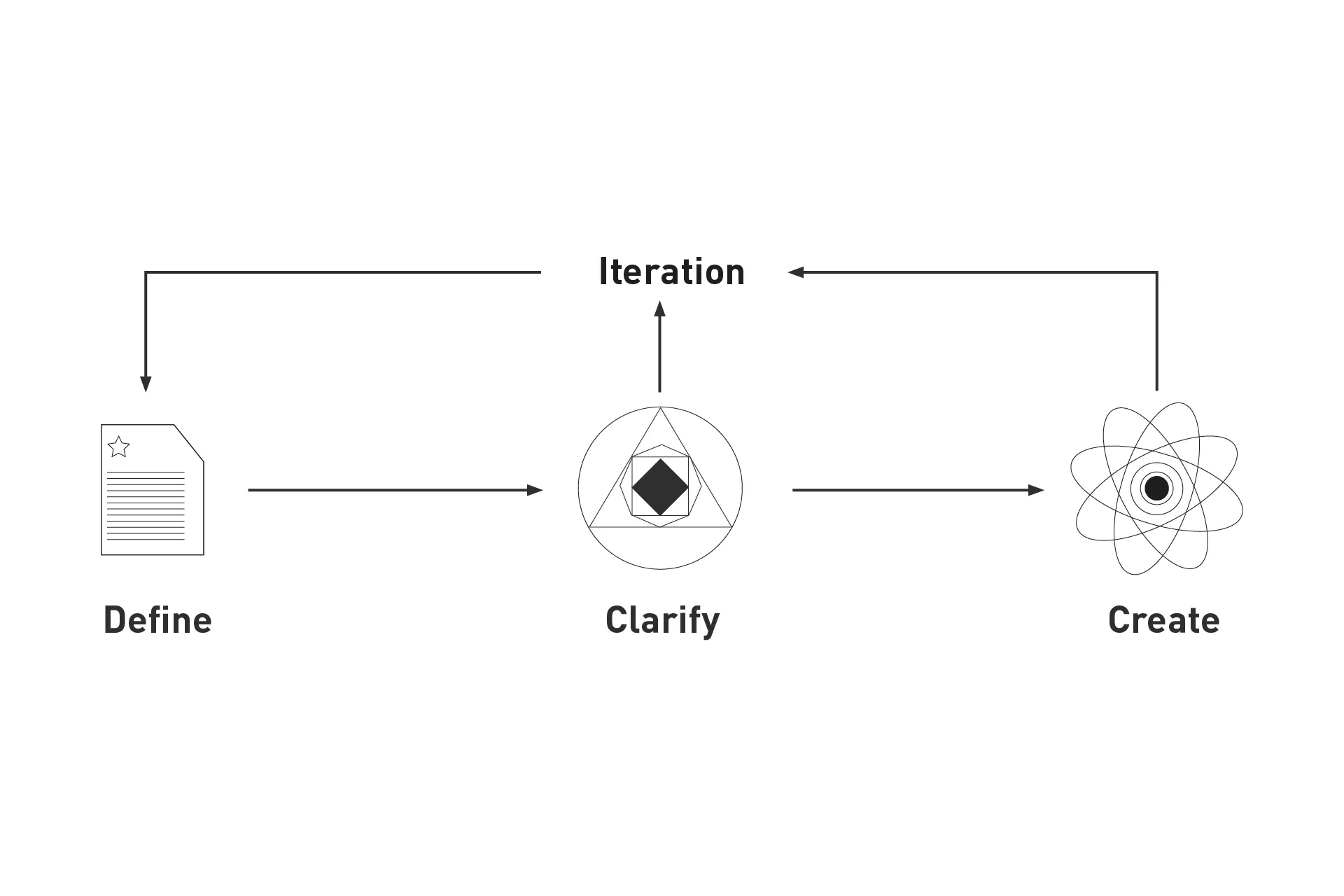


Insights are a product of synthesis that derives from design thinking and design research methodologies are are focused on writing statements that intimately describe a problem, pain point, need or motivation of a target audience with the purpose of helping companies or individuals generate ideas that bring value to the target audience whilst producing a return on investment.
Follow the steps below to learn how to write insights. If you have already carried out your research, jump to step four.
Before you can write insights, you must define the problem that you are trying to solve or the idea that you want to validate.
Please note that this hypothesis could relate to an existing feature, product, service or experience and could pertain to an entirely new creation or an addition to an existing creation.
Insights are meant to be questions that allow you to generate creative solutions for your target audience.
In order to know who to create for, you must define your target audience.
Perform user research, desk research and carry out interviews and remember to record your findings in ways that can be synthesized into products that augment your ability to generate meaningful solutions for your target audience. To learn more about the products that could arise from synthesizing your research consult the link below.
Using the results gathered from your research and write down insights that describe the problem, pain point, need or motivation of the target audience.
Below are some tips for writing good insights. Please note you don't have to use all of them for each insight. Set the Context Start by writing down who the user is, their background and the environment. Communicate the problem, pain point, need or motivation Whether its time-zones, drinking habits or lack of support - describe what the issue is or what they are looking for. Articulate the root cause It is advised to write down the behavior that led to the problem (i.e. living abroad, studying independently or going out drinking with co-workers). Describe the consequence What happens if they don't do what they want to do? What is the damage or consequence? State data-driven or observational insights Either through observation or backed by data, state the finding. It could be something as simple as all apartment photos on a renting website are bad.
We recommend that you consult our Methods for Synthesizing User Research article linked below to learn about design thinking products that could come out of the research that you have conducted. These products are created using popular design research methodologies which are intended to help you and your organization innovate effectively.

When creating Insights, it is important to note that they are neither a start nor an end. They should serve as a means for you to generate meaningful, intentional and focused ideas that are valuable to the target audience and which result in a return on investment. As you transform the lives of your users, they might change. This is what you're looking for and will mean that you will have to redo this process to produce a meaningful addition to your value proposition.